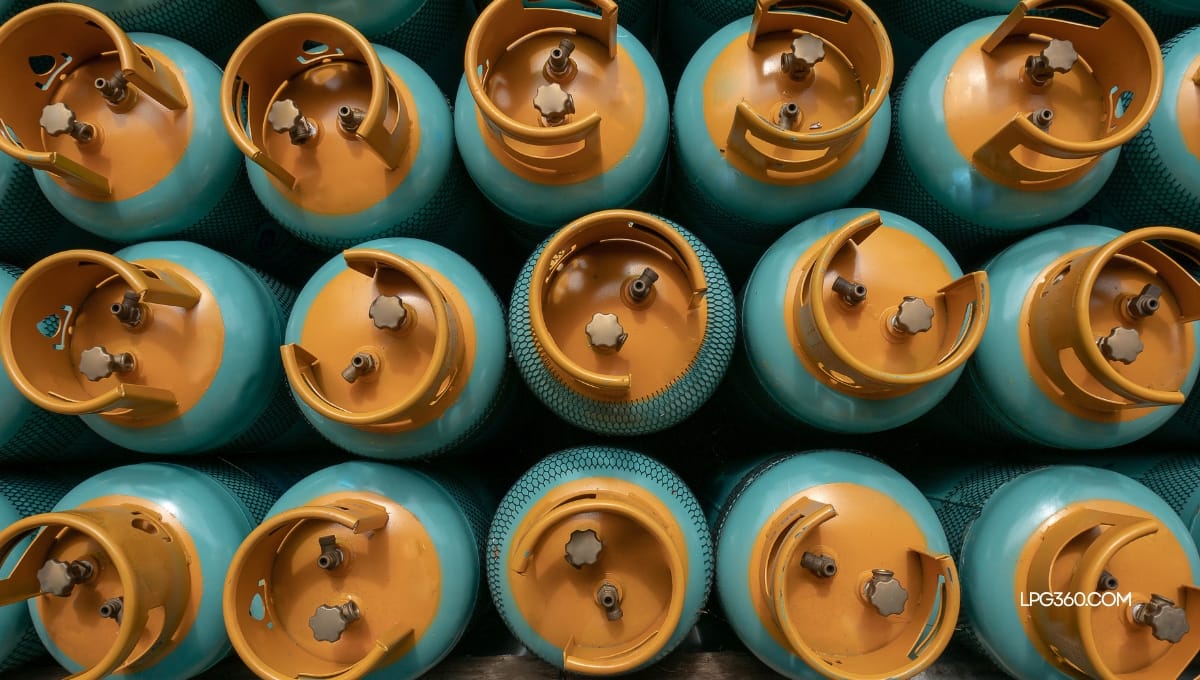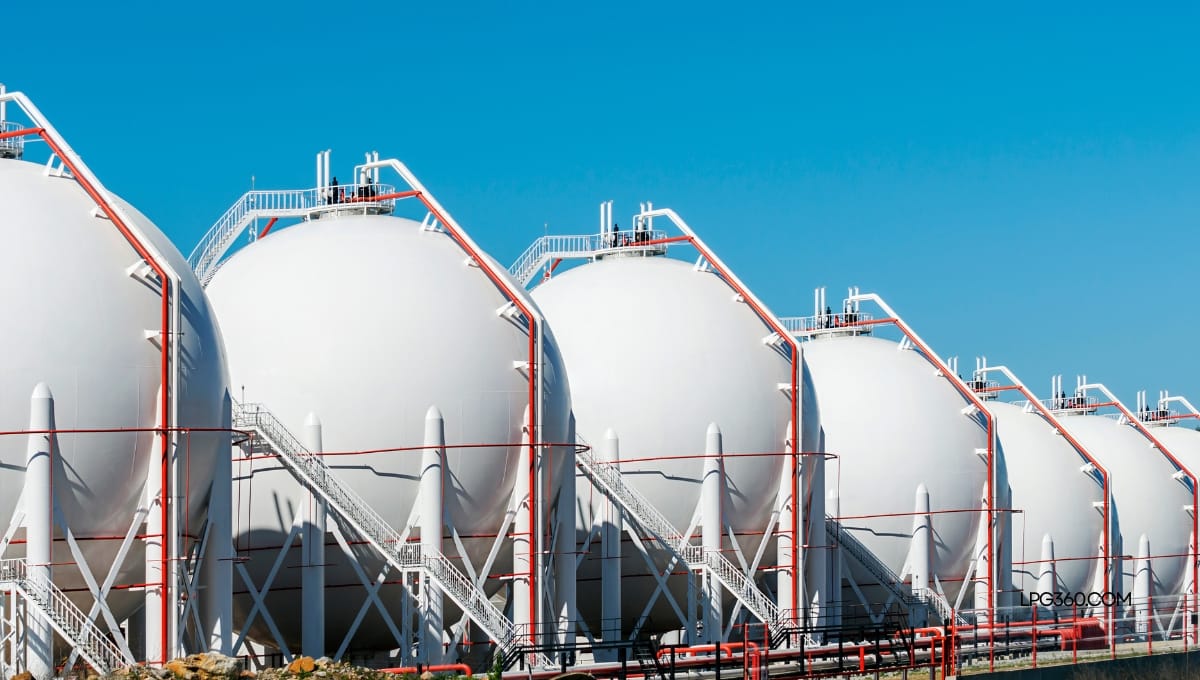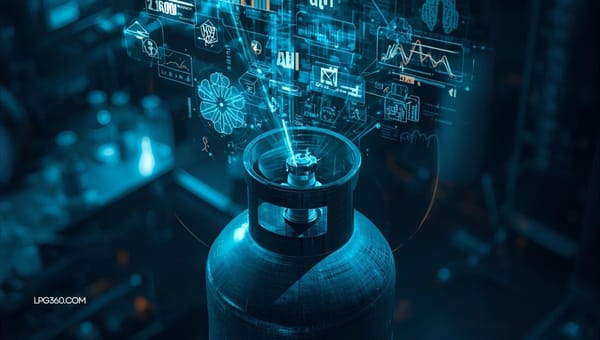Enhancing LPG Plant Safety and Security Through Advanced Technology

Safety and security in LPG plants are of utmost importance due to the inherent risks associated with handling flammable gases. Traditional safety measures are no longer enough in today’s fast-paced world. Technology plays a vital role in enhancing plant safety by providing real-time monitoring, predictive maintenance, and automated emergency systems. By integrating advanced technologies such as IoT-based sensors, AI-driven analytics, and surveillance systems, LPG plants can improve security, minimize risks, and ensure compliance with industry regulations
The Role of Technology in Enhancing LPG Plant Safety and Security
- Real-time Monitoring and Alerts
IoT sensors and smart devices allow for constant monitoring of pressure, temperature, and gas levels. If anomalies are detected, the system can send immediate alerts, enabling prompt action and reducing the risk of hazardous incidents. - Predictive Maintenance
By utilizing AI-driven algorithms and machine learning, plants can predict potential equipment failures before they happen. This proactive approach ensures that maintenance is performed on time, preventing costly downtime and accidents. - Advanced Surveillance Systems
CCTV cameras equipped with AI-powered analytics can detect unusual behaviors, unauthorized access, or security breaches in real time, providing an additional layer of security to the facility. - Automated Emergency Shutdown Systems
Technology can enable automated systems to initiate an emergency shutdown when dangerous conditions arise, such as gas leaks or excessive pressure levels, preventing accidents and protecting personnel. - Leak Detection Systems
Modern gas leak detectors, integrated with IoT, can identify even the smallest leaks in real time, allowing for immediate action and minimizing the risk of explosions or fires. - Cybersecurity Measures
As more systems become interconnected, cybersecurity is becoming increasingly critical. Protecting LPG plants from cyber threats is essential to prevent data breaches, sabotage, or system manipulation. Advanced firewalls, encryption, and multi-layered security protocols safeguard plant infrastructure. - Safety Compliance and Reporting
Technology simplifies the process of ensuring that plants comply with local and international safety regulations. Automated systems can keep records of inspections, maintenance, and safety audits, ensuring that they are up to date and easily accessible for regulatory bodies. - Employee Safety Wearables
Wearable technology, such as smart helmets and safety vests, can track an employee's health and location within the plant. If hazardous conditions arise, these devices can send alerts to both the wearer and the control room, ensuring quick response times. - Energy Management Systems
Automated energy management systems help optimize energy use in LPG plants, ensuring efficient operation while reducing risks associated with energy waste and excessive energy consumption. - Training Simulators
Virtual and augmented reality (VR/AR) training simulators help employees practice emergency scenarios in a controlled virtual environment, enhancing their readiness to respond to critical situations effectively.

Conclusion
The integration of technology in LPG plant safety and security plays a crucial role in minimizing risks, enhancing operational efficiency, and ensuring worker safety. By adopting IoT sensors, AI analytics, predictive maintenance, and automated emergency systems, plants can proactively prevent accidents, enhance security, and ensure regulatory compliance. As technology continues to advance, LPG plants will be able to operate more safely, securely, and efficiently.
#LPG #LPG360 #LPGSafety #IndustrialSecurity #TechForSafety #SmartSurveillance #GasPlantProtection #RiskManagement #AutomationInIndustry #CyberSecurity #PredictiveMaintenance #FirePrevention #IoTForSafety #IndustrialInnovation #SafetyFirst






